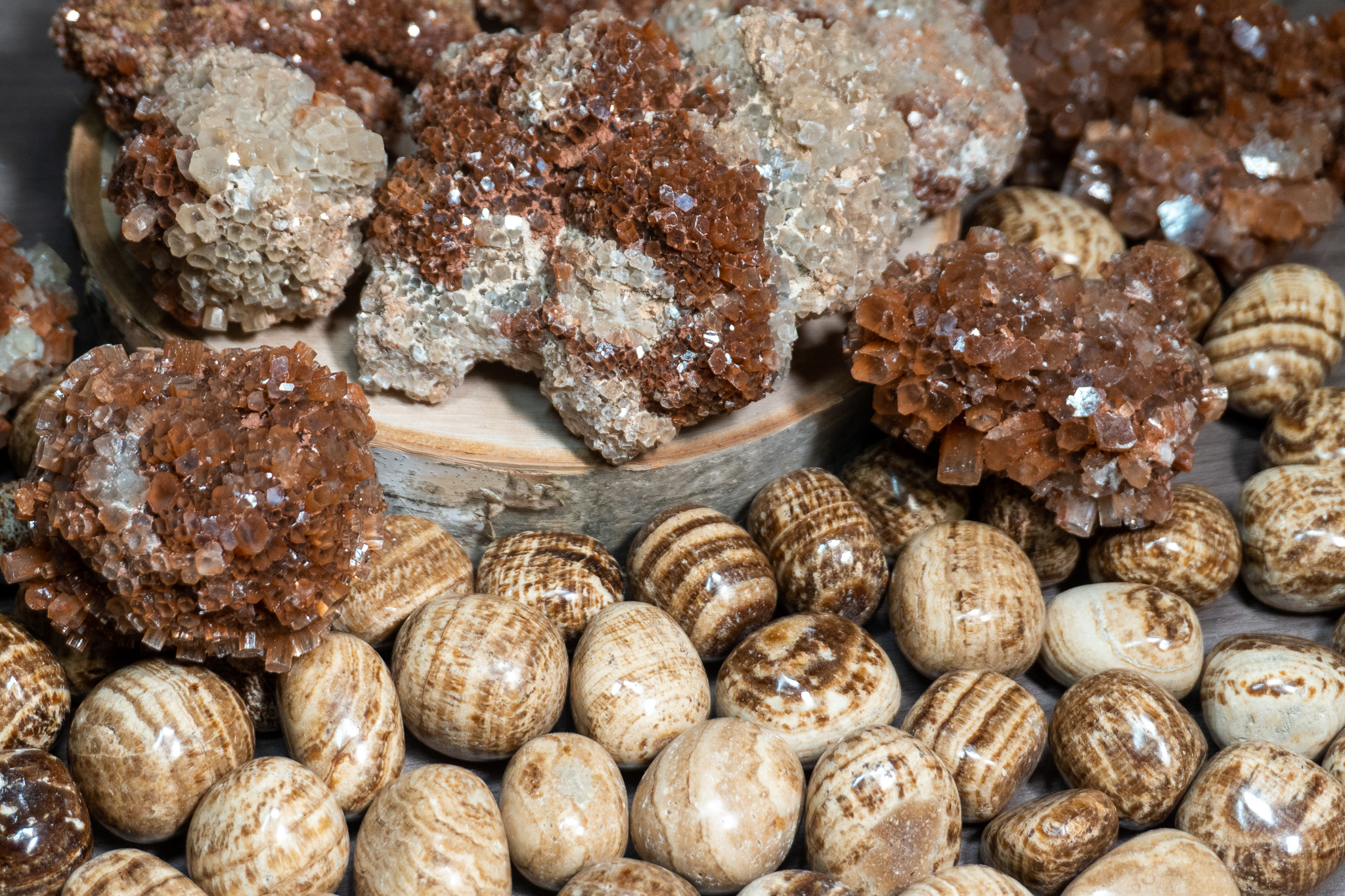ABOUT TAXCO
Taxco is a town in the state of Guerrero, southwest of Mexico City, famed for its silver jewelry production, mineral caves, and Spanish colonial architecture.
MINERALS
Taxco district is located in the northern part of the state of Guerrero and consists dominantly of polymetallic intermediate sulfidation deposits as veins and stockworks, plus replacement mantos of possible skarn genetic affinity. Only a few Au-rich veins in this district can be ascribed to the low sulfidation subtype of epithermal deposits. This district is one of the ‘classical’ silver mining districts in Mexico that has been extensively mined since the 16 th century, although the Aztecs initiated mining in the region during the 15 th century. The present mineral reserves in the Taxco district exceed 7 Mt at 91 g/t Ag, 6.83 % Zn and 1.05 % Pb (Servicio Geológico Mexicano, 2004)
THE GIFT
One of my family's favorite vacation places is Taxco. My mother always buys her jewelry there, she loves to support Mexican business and the jewelry is 100% original. When I was coming to study in the US my mom gave me a gift from Taxco, she wanted me to remember the place where I came from, she gave me a colorful tree whit a rock base, at least that's what I thought.
Two weeks ago I moved to Utah County, and I remember that when I was unpacking, I saw my mom's gift and thought; What kind of rock is this one? why is it so shaine, It has beautiful colors. I didn't know I had a mineral on my hand until now.
Doing a little bit of research I found the kind of "rock" that I have: Aragonito Blenda
I learned that in nature, minerals are found in rocks, and the vast majority of rocks are composed of at least a few different minerals. One of the minerals that you can found in my Mineral-rock is the Argonite





No comments:
Post a Comment